What do electric cars, sliced bread and the wheel have in common? None of them existed until someone had an idea and decided to give it a try. The coolest part is that anyone can become an inventor. You don’t need a college degree to succeed, or even a driver’s license.
All you need is a great idea and the guts to pursue it, and there’s no age requirement for guts. These inventions were dreamed up by kids, and life wouldn’t be the same without them.
Christmas Lights

Nataliia Sinchuk / Getty Images
It’ll shock today’s kids to know that Christmas trees were once lit by candles. Yes, people decorated a giant piece of firewood with clip-on flames. What could possibly go wrong?
A teenager named Albert Sadacca rightfully thought candles were way too risky. His family owned an electric lighting business, and they helped him make white string lights to decorate Christmas trees. They were very expensive initially, but people warmed up to them over time. The company began producing them in 1925, along with a multicolored version a few years later. Sadacca and his brothers made their own business just for Christmas lighting, naming it NOMA lighting. It was the leader in Christmas lighting until the 1960s when cheaper lighting options from overseas became more popular.
Earmuffs
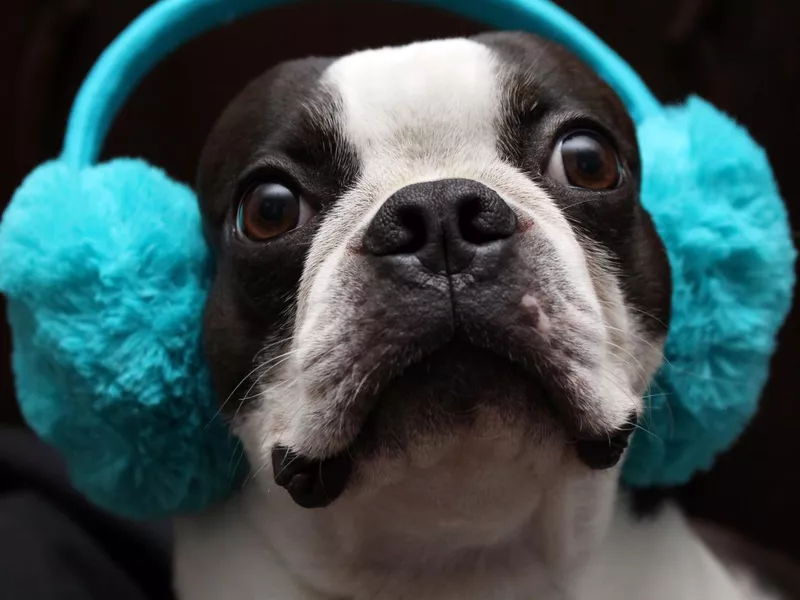
Thiede / Getty Images
Before 1873, anyone who wanted to go skiing or ice skating had to wear heavy hats or scarves if they wanted to avoid getting frostbitten ears. Then, 15-year-old Chester Greenwood was done with the unnecessary suffering and came up with a better solution.
He made an arched wire frame and asked his grandma to sew beaver skins onto the ends of it, forming the first pair of earmuffs. The invention was patented by the time he was 19, and earmuffs were soon sold to soldiers during World War I.
Swim Flippers
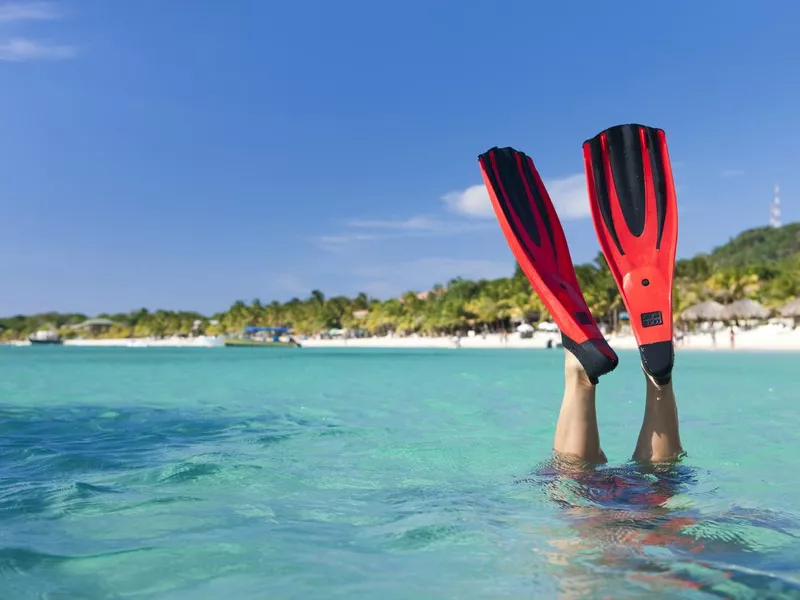
avid_creative / Getty Images
Ben Franklin is best known for his later accomplishments, but he began inventing when he was still in grade school. He was only 11 when he figured out that swimming would be easier if one had more surface area with which to push, like that of a fish’s fin.
He designed handheld fins made of thin planks of wood, which became the predecessor of modern swim fins.
The ManCan
Some great inventions start out as jokes. In 2010, 13-year-old Hart Main made fun of the scented candles his sister was selling for their school’s fundraiser because all of them had feminine, floral scents. He joked that she should sell some more “manly” scents, and his parents encouraged the idea.
Using $100 from his paper delivery route earnings, he hand-poured scented candles with scents like bacon, fresh-cut grass and coffee. He named the candles “ManCans” and gave them an added philanthropic benefit: He used recycled soup cans for his candles and donated the soup inside to local soup kitchens. In 2011, he sold 25,000 ManCans, and they’re still selling today. Dirt candle, anyone?
Popsicles
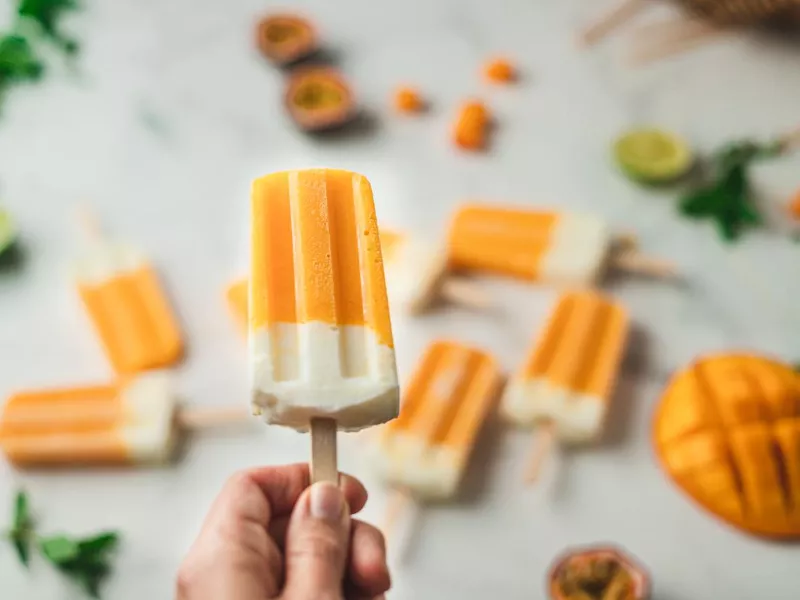
alvarez / Getty Images
Summer wouldn’t be summer without an ice-cold popsicle. Before the 1900s, however, popsicles didn’t exist. They were invented by 11-year-old Frank Epperson in 1905. He was playing around with water and soda-water powder and left the drink outside in the cold with the stirring stick inside by mistake. It froze solid, and it was surprisingly delicious.
The new treat was eventually patented under the name “the Eppsicle,” but his kids started calling it a popsicle instead. By 1922, it was a popular summer treat.
The Snowmobile
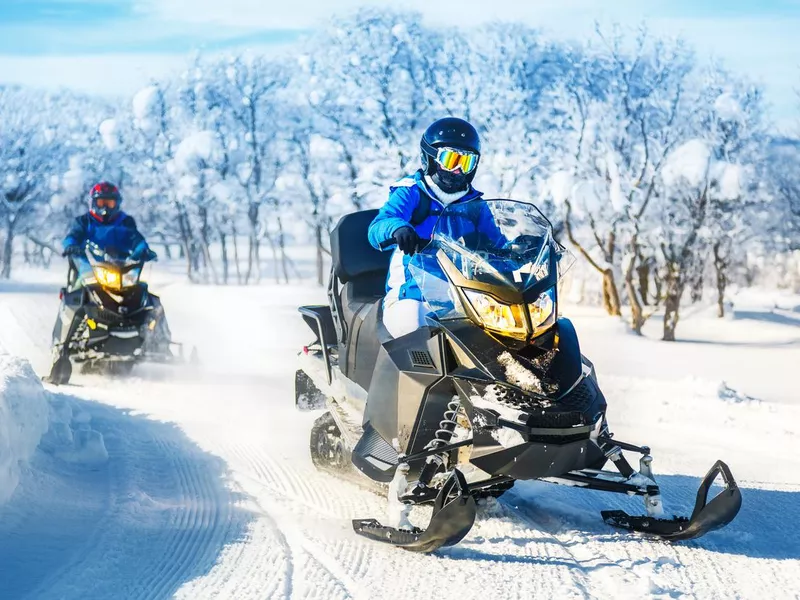
Getty Images
Some people have a knack for tinkering from the start. Joseph-Armand Bombardier designed the snowmobile in 1922 at age 15. It didn’t look anything like the single-rider snowmobiles you can rent in Colorado today, but it was still the first vehicle that could glide over snow.
He used a Ford Model T engine attached to four runners and a handmade propeller to make a device that could travel about half a mile. In 1959, he developed a more lightweight model and named it the Ski-Doo.
The Trampoline
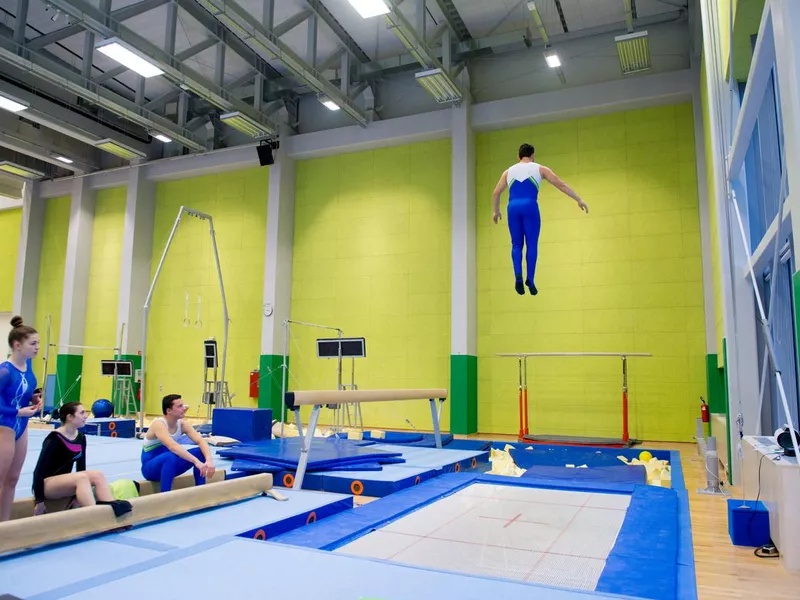
CasarsaGuru / Getty Images
So, 16-year-old George Nissen loved watching acrobatics, but he thought it would be way more fun if trapeze artists could fall onto something bouncy and continue flipping, rather than falling into safety nets. He made a metal frame with a stretched canvas on top and named it “the bouncing rig.”
While he was working on his business degree, he continued tinkering with his invention, swapping out the canvas with nylon. He registered the name “trampoline” as a trademark and went ahead with proving the contraption’s worth. From then on, the trampoline became an important component in gymnastics and acrobatics alike.
Braille
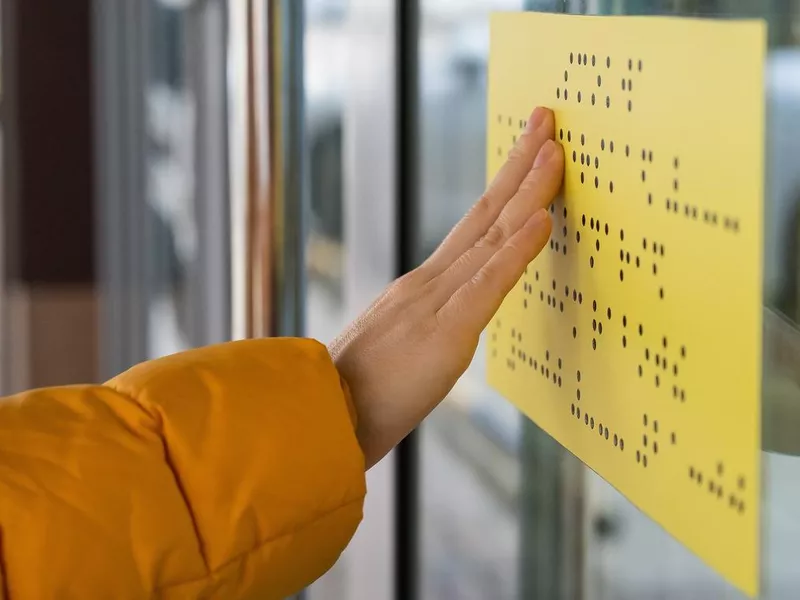
inside-studio / Getty Images
Everyone knows that Louis Braille invented Braille, the system of raised dots that allows vision-impaired people to read. Few realize he was still a kid when he invented it. He was blinded at age 3 after getting a rare eye infection. He learned to read by tracing raised letters, but he struggled with it.
By the time he was 12, he was learning how to read by a different method used by the French military. He made their method of silent communication more efficient and simple, presenting his work as a solution for the blind in 1924. Braille is still used worldwide today.
The Ocean Energy Probe
It might feel like everything that’s worth inventing has already been invented, but have hope. Young Hannah Herbst saw the need for sustainable power sources and fresh water in developing countries, so she came up with the Ocean Energy Probe. It uses ocean currents to power a generator, transforming waves into usable power. She 3D printed her design and estimates the device will be able to produce enough energy to charge three car batteries in less than an hour.
The Ocean Energy Probe took first place in Discovery Education & 3M’s Young Scientist Challenge. The invention has since been renamed. It’s now called BEACON, short for Bringing Electricity Access to Countries through Ocean Energy.
A Self-Disinfecting Hazmat Suit
Remember the Ebola scare back in 2014? It gave everyone who was around for it a large heaping of anxiety, but 9-year-old Mark Leschinsky of Mahwah, New Jersey, decided to channel his nerves into action. Since hundreds of healthcare workers were infected despite wearing hazmat suits, he designed a hazmat suit that could disinfect itself. That way, the wearer wouldn’t have to risk exposure during the cleaning process.
The Self-Disinfecting Hazmat Suit was designed with three layers, including a middle layer filled with disinfecting solution that can be released onto the exterior layer to kill viruses. A year later, Mark was inducted into the National Gallery of Young Inventors for his stroke of genius.
Pediatric I.V. Backpacks
Kylie Simonds beat cancer before she went to fifth grade. That says enough about this kid’s grit, but she wasn’t done. During her chemotherapy treatment, Kylie noticed a problem that all kids with cancer had to deal with: Constantly dragging a bulky IV bag on a rolling stand behind you limits movement and makes it easier just to stay in bed.
To eliminate all the annoying, trip-inducing wires, she invented a Pediatric IV Backpack, making it much easier for kids getting medical transfusions to get around. She raised over $50,000 to produce the first round of backpacks and appeared on both MSNBC and “The Doctors” talk show.
An Ocean Cleanup Device
Boyan Slat, a Dutch high-school student, was on vacation in Greece when he realized how much plastic waste was polluting the ocean. There were more plastic bags than fish, so he tried to come up with a solution. He invented a garbage-collecting boom that works like a min coastline to passively collect plastic waste for a boat to later pick up. In 2018, he estimated that his booms could collect about 50 percent of the Great Pacific Ocean Garbage Patch in five years.
While scientists have mixed feelings about the feasibility of his invention, it still has promise, and Slat is still giving ocean cleanup his all.
A Real-Life Rescue Robot
David Cohen from Dallas, Texas, was 13 when he wondered if anyone had ever built a robotic earthworm. At first, he was just curious. Then, he realized a robot that could tunnel through dirt could have numerous applications, particularly for search and rescue efforts after natural disasters.
Theoretically, a wormlike robot could get into smaller or riskier locations than human or canine rescuers. His design included heat sensors and GPS, and it could potentially be used to find injured victims faster and more safely than ever.
The Hot Seat
OK, 14-year-old Alissa Chavez’s invention is simple but life-saving. Back in 2014, she was horrified to learn how many young children die in hot cars after their parents mistakenly leave them in the backseat. There have been countless court cases about this exact issue, and the verdict has varied.
To prevent future tragedies and controversy, Alissa designed the Hot Seat. It’s nothing but a small pad that rests in a child’s car seat and connects wirelessly to a smartphone app. If the parent’s phone moves more than 20 feet from the car while the baby’s weight is still detected in the seat, it sets off an alert to notify the parent.
A CO2 Converter
Another recent invention was designed by Param Jaggi when he was only 13. He designed a device that covers a car’s tailpipe and converts carbon dioxide emissions into oxygen using ordinary algae.
Dubbed the Algae Mobile, his design was patented in 2011 and landed him a spot on the Forbes 30 Under 30 list of innovators in the energy sector. Now, he’s working to create a system that can capture energy from air and heat in a car’s exhaust system.
A Mobile-Compatible Heart Monitor
Healthcare in developing countries isn’t always amazing, but it’s available enough that we take it for granted. In some regions, fully equipped hospitals are few and far between. Many medical offices lack modern equipment because of the sheer cost of it, so Catherine Wong, a 17-year-old student from Morristown, New Jersey, found a solution in 2012.
She figured that, while advanced computers and software were in short supply in certain countries, mobile phones were widespread. She made an electrocardiogram that displays results right on a smartphone screen, potentially bringing better healthcare to hundreds of thousands of people. How cool is that?
For more inspiration and fun, keep reading on FamilyMinded: